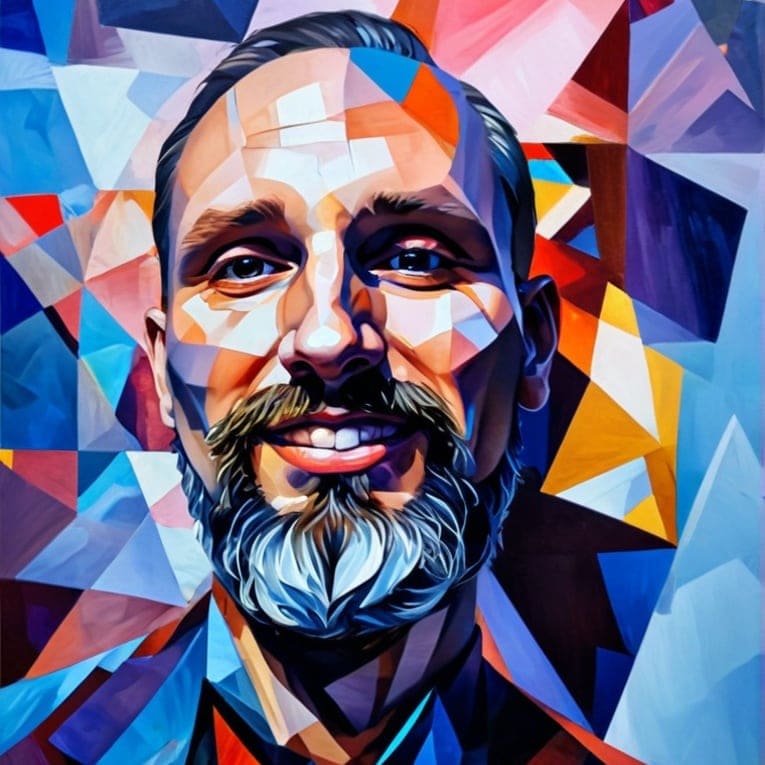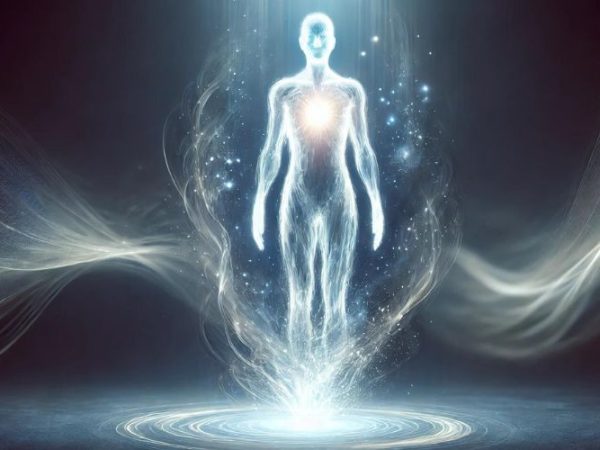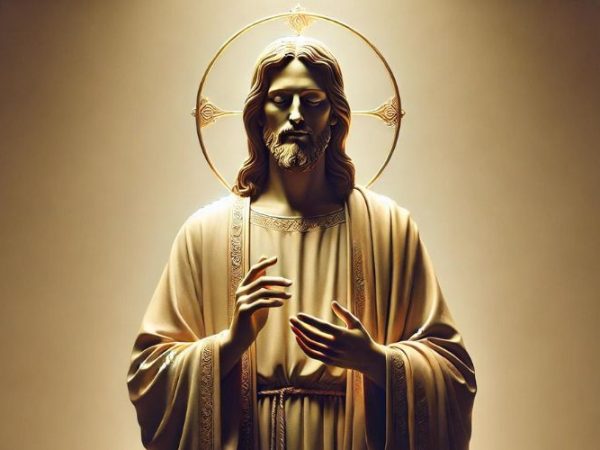Briefly
The ouroboros is a symbol consisting of a serpent or dragon eating its own tail, forming a circle. It originates from ancient Egyptian iconography and was adopted by the Greeks and other cultures. It represents cyclical renewal and the eternal cycle of life, death, and rebirth. The ouroboros embodies the concept of something constantly re-creating itself, the eternal return, and also stands for the idea of primordial unity related to something existing in or persisting from the beginning with such force or qualities it cannot be extinguished.
Ouroboros in Dreams
In dreams, the ouroboros might signify personal development, self-reflection, and the cycle of life and consciousness. Psychologically, it could represent the dreamer’s introspection, leading to self-discovery and renewal. It may also indicate the need to resolve something within oneself to move forward, symbolizing the dreamer’s journey of self-transformation that is both ending and beginning anew.
Ouroboros in Myths and Folklore
The ouroboros appears in various mythological and religious contexts beyond its Egyptian origins. In Gnosticism, it is a symbol of the world’s enveloping and self-consuming nature. In Norse mythology, the serpent Jörmungandr encircles the world and bites its own tail. In alchemy, it represents the fusion of opposites and the transcendence of the physical to achieve enlightenment. The ouroboros is also seen in fairy tales and legends as a symbol of infinite wholeness, encapsulating the essence of the mystical and eternal nature of the universe.

Read also Ankh Symbolism & Meaning

Reviewed by Alexander Lys, M.L., a specialist in the field of symbolism research and dream psychology. A certified participant in numerous psychological seminars and courses, the author of hundreds of articles on psychology, including studies on symbolism in dreams and myths from a scientific perspective.



